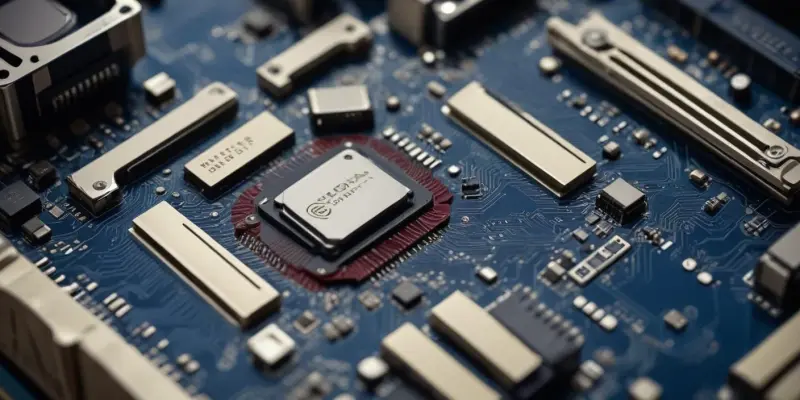Intel’s potential launch of the Bartlett Lake-S desktop CPUs has garnered significant attention, signaling a strategic response to recent market challenges. With the underwhelming performance of Intel’s Arrow Lake (ARL-S) CPUs in the desktop segment, there is a growing anticipation for these new processors to potentially rejuvenate the desktop market. Initial insights indicate that these CPUs might not just be limited to industrial applications but could also appeal to the consumer market, making them a pivotally interesting development in Intel’s product lineup.
Strategic Shift to Consumer Markets
Recent developments have seen Intel Linux engineers implementing support for the Bartlett Lake processors in the Linux kernel. This move points towards an urgent plan change, indicating Intel’s potential strategy to cater to consumer demands in addition to its traditional industrial focus. The new CPUs are expected to feature an all “P-core” configuration across various power segments, ranging from 125W to 45W, which include multiple SKUs such as Core 5 and Core 9. Notably, there is no mention of Core 3 SKUs, suggesting that Bartlett Lake-S is aiming at high-performance markets and industrial IoT applications rather than entry-level consumer sectors. The decision to incorporate the LGA 1700 platform for Bartlett Lake-S CPUs is a crucial factor. This ensures compatibility with existing 600-series and 700-series motherboards, thereby easing the transition for consumers and providing an added layer of convenience. The integration of these CPUs into consumer markets could help Intel regain some of its lost market share, particularly in regions like China where competition from AMD has intensified. The ability to support existing platforms without requiring new investments in motherboard technology makes the Bartlett Lake-S an attractive proposition for both consumers and industrial users.
High Performance and Market Adaptation
Bartlett Lake-S CPUs are equipped to support a diverse range of applications due to their high-performance capabilities. Initially intended for industrial usage, including AI workloads and media processing, these processors now show promise for consumer desktop markets. The competition with AMD remains fierce, pushing Intel to develop more competitive products. The all-encompassing performance attributes of the Bartlett Lake-S CPUs are likely to offer significant advantages in terms of computing power, efficiency, and overall versatility. Intel’s ability to quickly adapt its product range in response to market feedback demonstrates a keen understanding of current industry trends and consumer needs. By extending support to consumer segments, Intel is signaling a readiness to meet the rising demand for high-performance CPUs in mainstream and gaming markets. The strategic move to broaden the application spectrum of Bartlett Lake-S CPUs indicates Intel’s intent to remain a formidable player in the desktop CPU market, adapting to both professional and consumer demands.
Competitive Edge and Future Implications
Intel’s potential launch of the Bartlett Lake-S desktop CPUs has generated considerable excitement, hinting at a strategic maneuver to address recent market difficulties. The less-than-stellar performance of Intel’s Arrow Lake (ARL-S) CPUs in the desktop sector has created a buzz around these new processors, which many hope will revitalize the desktop market. Early indicators suggest that the Bartlett Lake-S CPUs may not be confined to industrial uses; they could also target the consumer sector, adding a compelling dimension to Intel’s product offerings.
While the Arrow Lake processors didn’t quite meet expectations, Intel seems poised to turn the tide with Bartlett Lake-S. This product line appears to be designed with versatile applications in mind, including both business and personal computing needs. The potential dual appeal of these CPUs could help Intel regain its footing in a competitive market environment. As the tech community eagerly awaits more details, the anticipation for Bartlett Lake-S highlights Intel’s ongoing efforts to innovate and stay relevant amidst evolving consumer and industrial demands.

